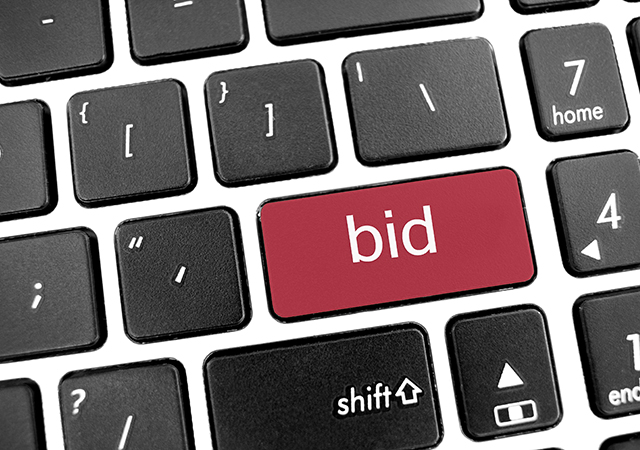.jpg)
.jpg) The Burj Dubai ... 61 storeys and rising.
The Burj Dubai ... 61 storeys and rising.
Burj Dubai, Dubai’s most ambitious project yet, which on completion will be the tallest skyscraper in the world at well over 700 m, has scaled 61 storeys above Level “0” (ground floor).
The concreting of the base plate, the storeys at basement level and the three tower wings up to Level “04” was carried out first with several truck-mounted concrete pumps. This was done both via the pipeline on the placing booms of the machines, and also via fixed delivery lines, which were connected to the hopper outlet on the truck-mounted concrete pump that fed the stationary boom.
For concreting work in the central core, which basically runs ahead eight to 12 floors, Unimix – the local subcontractor responsible for concrete placement, delivery and pumping – used a stationary Putzmeister standard concrete pump with standard ZX delivery line (DN 125) up to a height of about 80 m (Level 22). Because heavy-duty concrete – which is difficult to pump – is being used, a concrete pressure of 130 bar has already been reached at this height of construction.
Pressure reserves
To keep the measurements of the building structure as low as possible, and to be able to carry the increasing loads as height increases, only concretes with high compressive strength are being used on Dubai’s most spectacular high-rise construction site. According to the original plans, the distribution of the individual mixture breakdowns were as follows:
• Base plate: C80A (maximum particle size 20 mm)
• Up to Level 26 (95 m high): for the walls C80A (maximum particle size 20 mm)
• Up to Level 126 (452 m high): For the walls C80 (maximum particle size 14 mm)
• Up to Level 154 (570 m high): for the walls C60.
• Concretes with compressive strength C50 are compulsory for concreting the decks of all storeys.
Although the concrete class C80A with 20 mm maximum particle size was initially only intended for placement up to heights of 95 m, this concrete, with a slightly modified mixture breakdown, has further uses. The reason for this is obviously the cost advantage compared to a C80 with 14 mm maximum particle size and the good pumpability of the material.
With the demands for pumping technology increasing as building heights increase at Burj Dubai, Putzmeister has therefore developed a special super-high-pressure pump, model BSA 14000 SHP-D. The machine is designed for the anticipated extreme delivery pressure. Two super-high-pressure pumps and one “normal” high-pressure pump (it is used for cleaning the delivery lines and is also intended as a stand-by machine) are located approximately 70 m away from the centre of the building tower in a central pumping area. From here, two concrete delivery lines run to the “A” wing of Burj Dubai. In the building, the two main lines divide into four legs, each of which runs to a stationary boom.
A further fifth line is provided for stand-by operation. Three of the lines are connected to the stationary booms of the MX 28 model, which are fitted to the auto-climbing wall formwork of the wing.
Free-standing placing booms
The MX 28 booms are freestanding on 16-m-high tubular columns and were anchored with girders to the working platform of the respective wall formwork. Putzmeister booms are raised like this together with the formworks by a hydraulic Doka climbing system from one concreting section into the next.
The concreting work in the central heart of the building is continued by a fourth, even larger MX stationary boom with a 32-m reach. This MX 32 is set up on a 20-m-high tubular column and secured in the shaft with I-beams to a Doka wall formwork. The climbing process is also hydraulic.
The stationary Putzmeister booms used at the Burj Dubai each have four arm segments and are designed as flexible Z-folding booms. The MX booms do not require additional counter-weights, so their slewing range is not obstructed, neither by neighbouring erection cranes nor by construction protrusions or formworks.
The continuously rising delivery pressures – over 200 bar are expected – must not only be built up by PM concrete pumps, but the pipelines, couplers and connected isolating gate valves must also be able to handle it reliably. Putzmeister therefore uses strengthened high-pressure lines (ZX 150 Zentrifix) with special welded collars.
Special bearing
Due to the extreme pressures and temperature variations, it is anticipated that there will be a lot of strain in the concrete delivery lines. Moreover, due to the enormous dimensions, settlement of several decimetres is anticipated in the building. To compensate for this particular pump line stress, Putzmeister has developed a special system for bearing and mounting the riser pipe which is patent pending.
Work is progressing uninterrupted at the Burj Dubai despite the high outside temperatures (up to 50 deg C), the high-strength concretes, which are sometimes difficult to pump, and the sophisticated architecture of the structure. Concrete delivery is looked after by experienced Putzmeister service engineers, who were already involved in the specification of the super high-pressure pumps and in working out the details of the concreting plan. Also during the subsequent installation of the pipelines and booms, the PM specialists are at the side of the customer Unimix and the site management to advise.



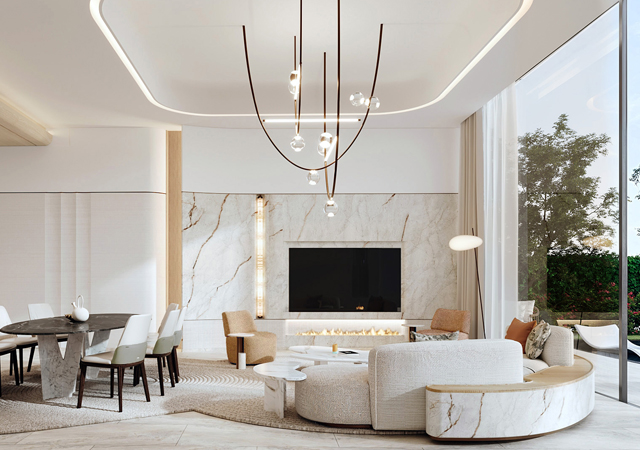
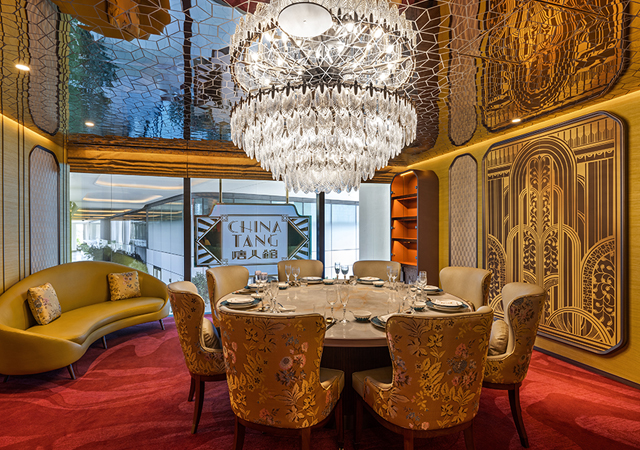
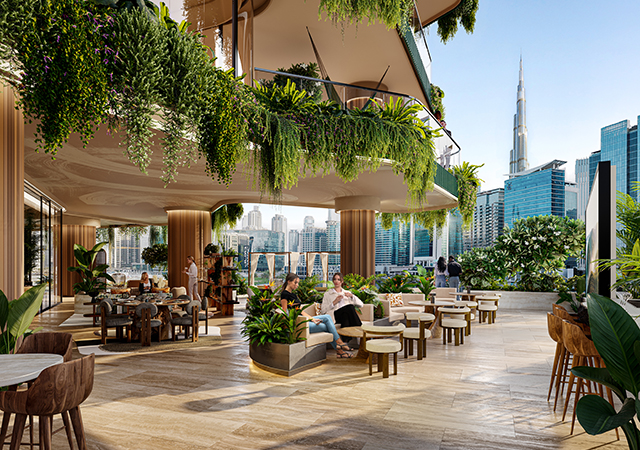
.jpg)
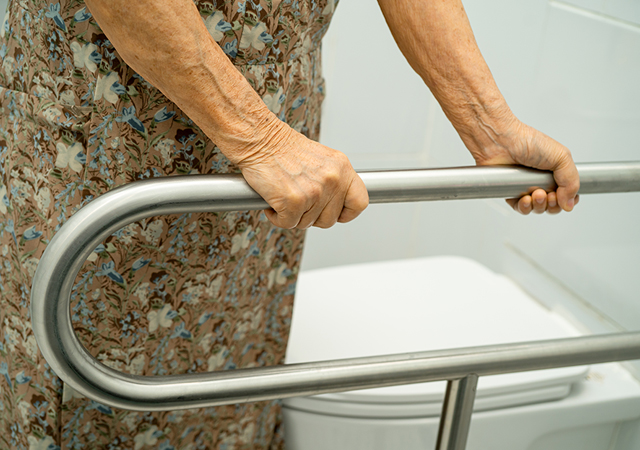

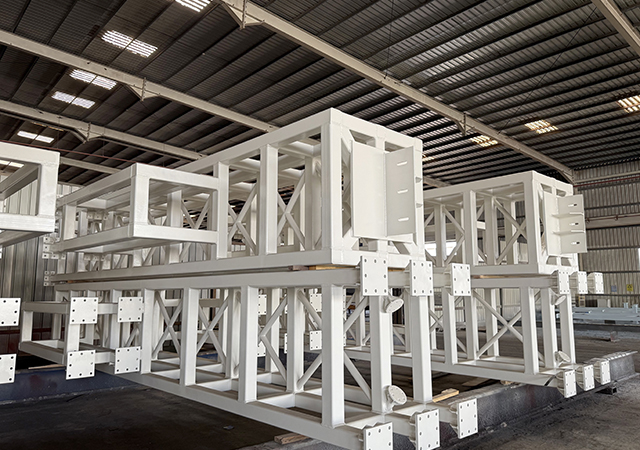




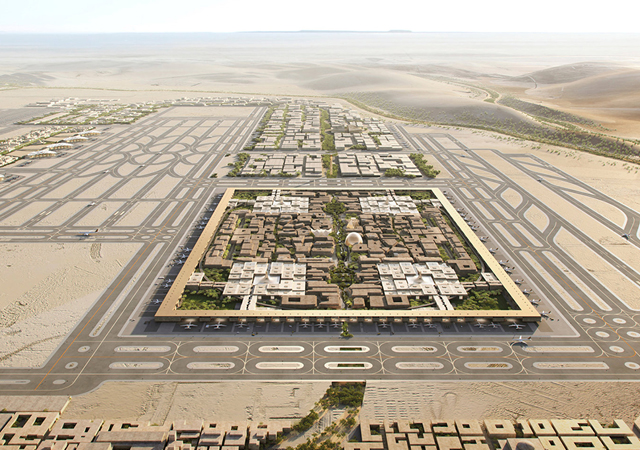
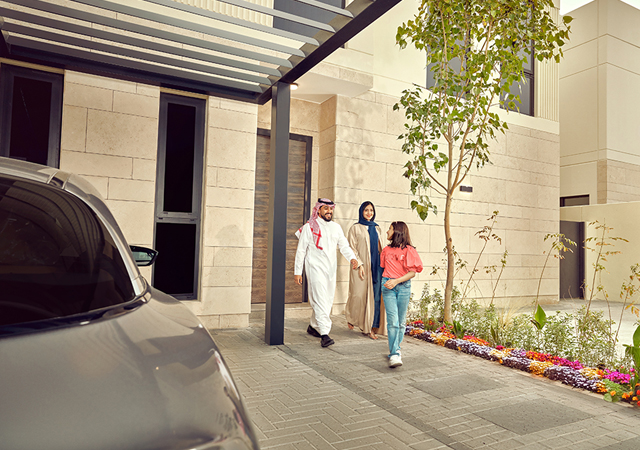
.jpg)
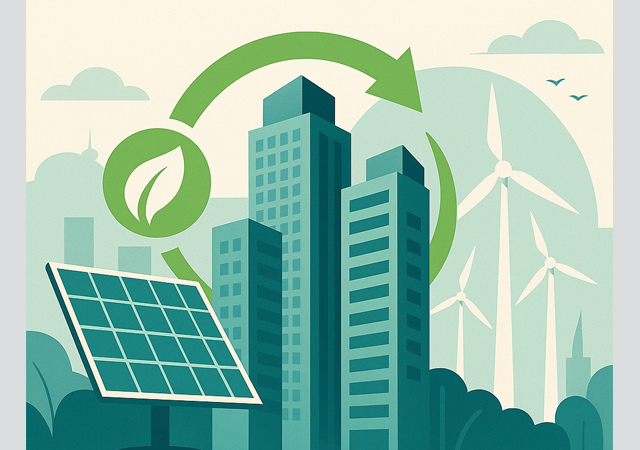



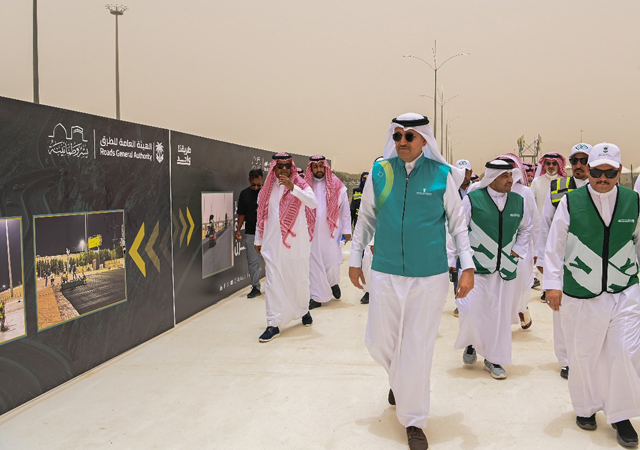

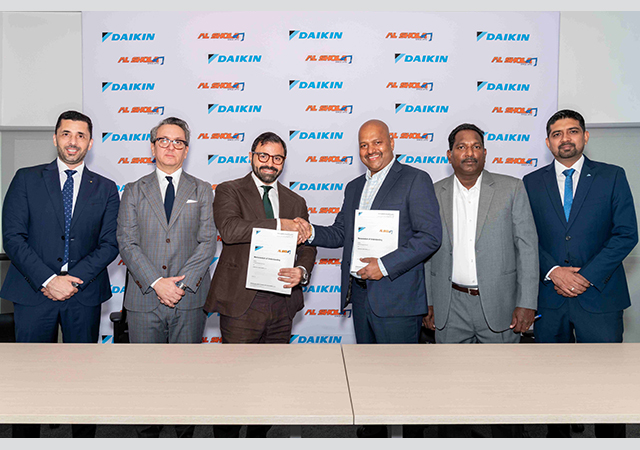

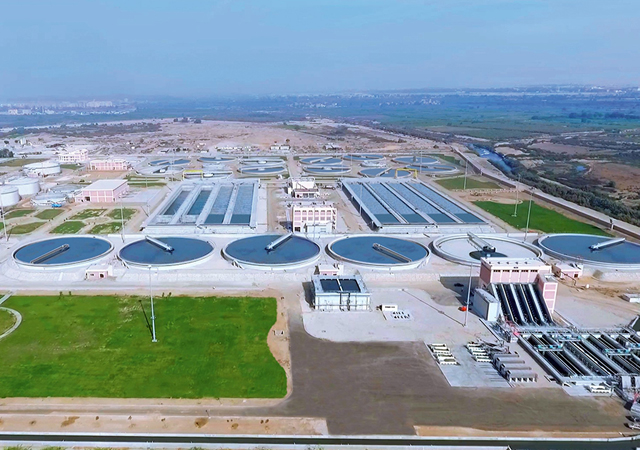
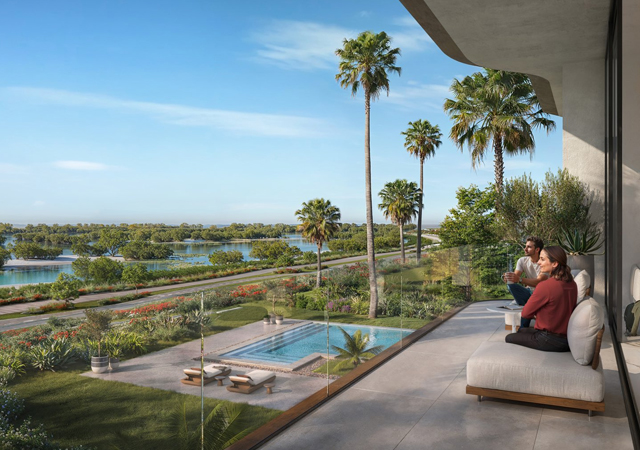
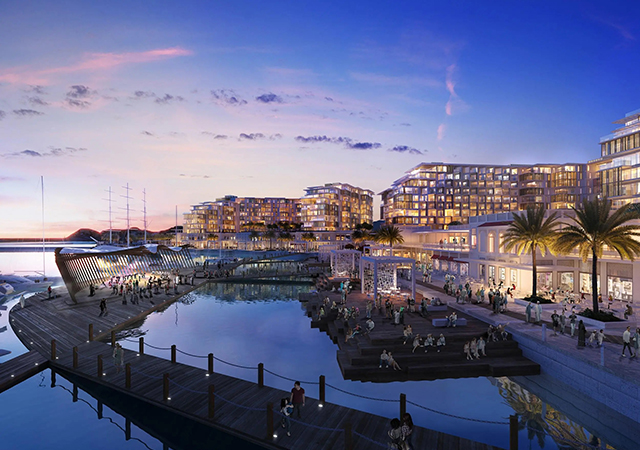

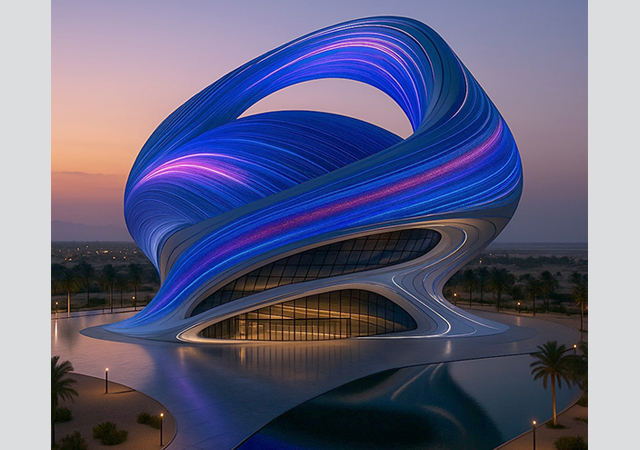

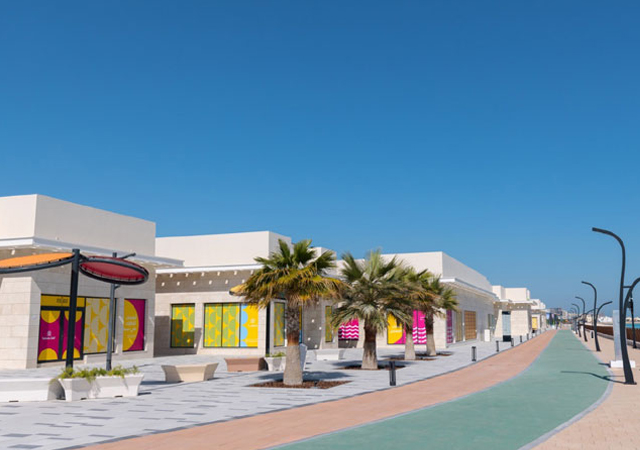

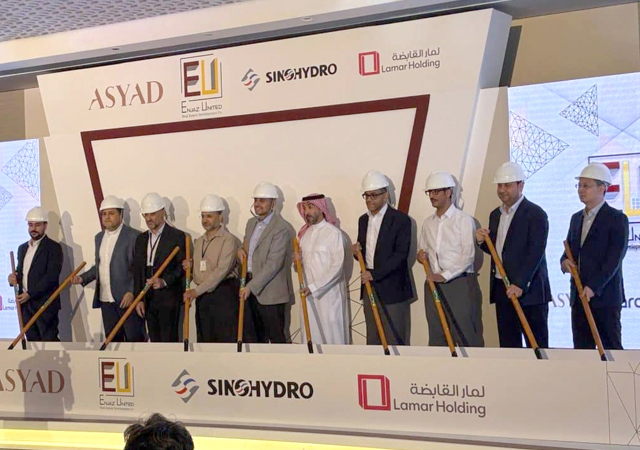
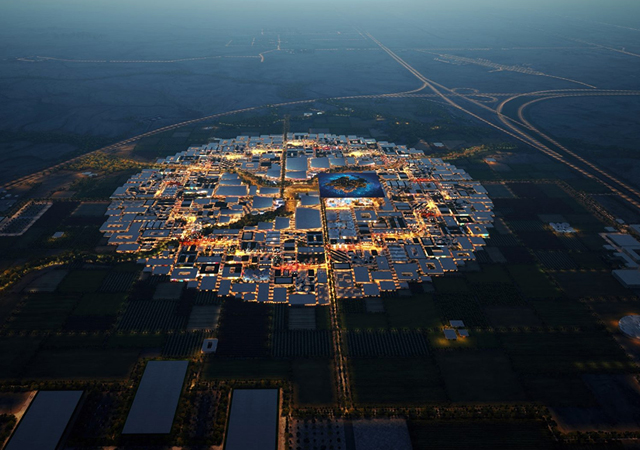
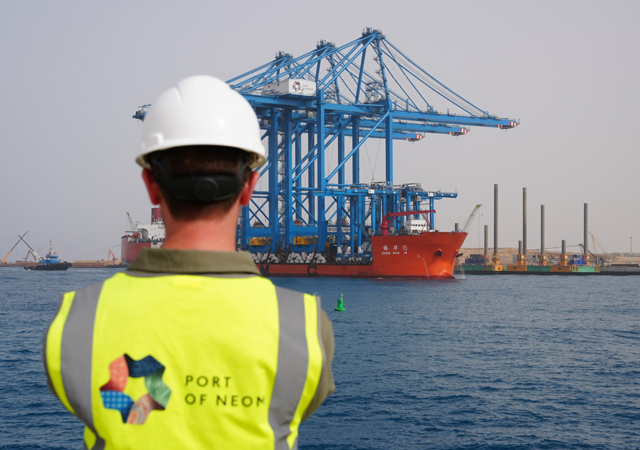
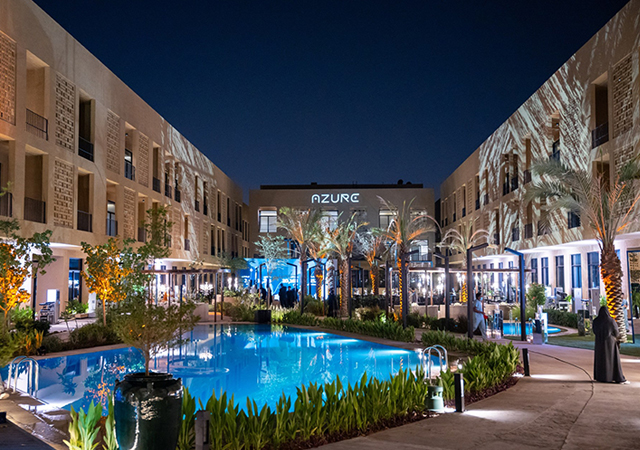
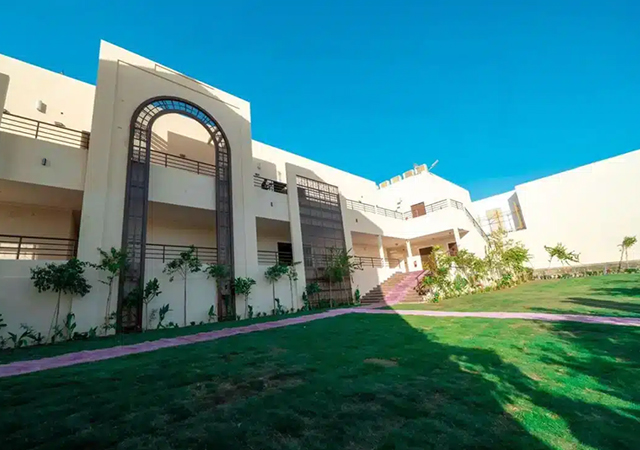


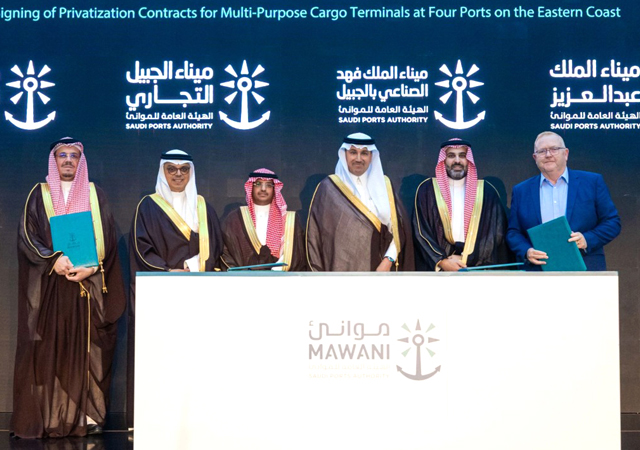
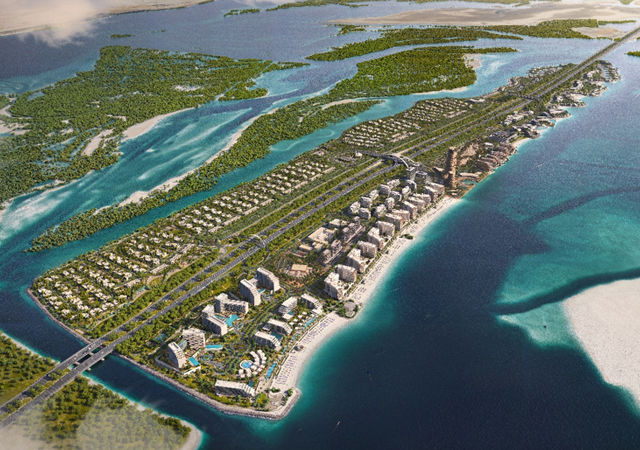

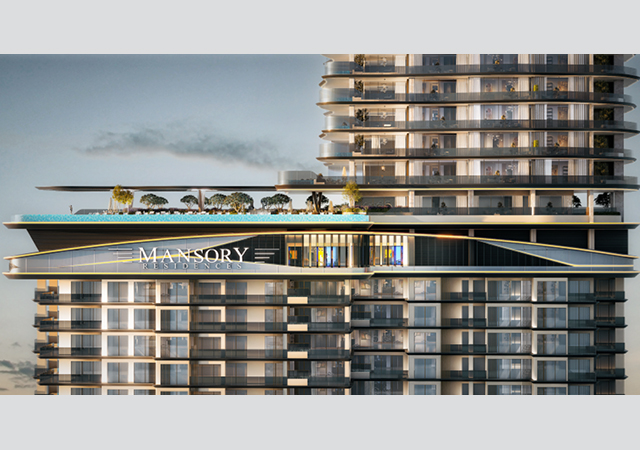
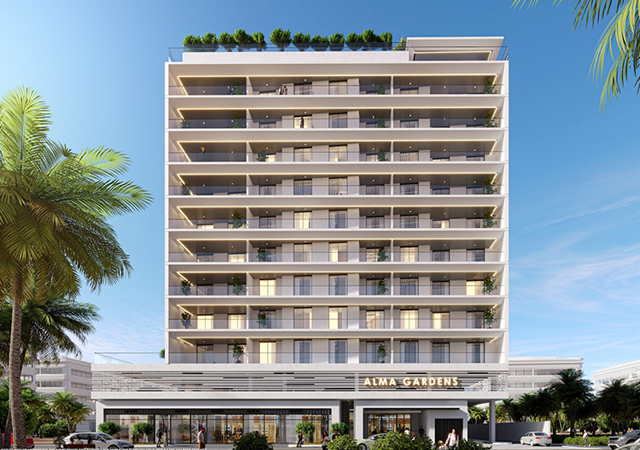

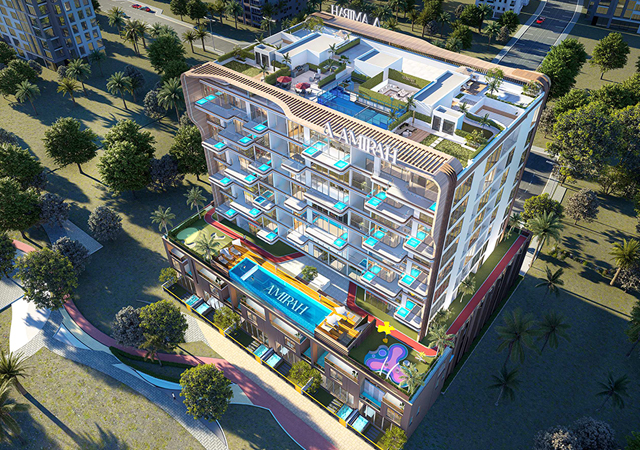
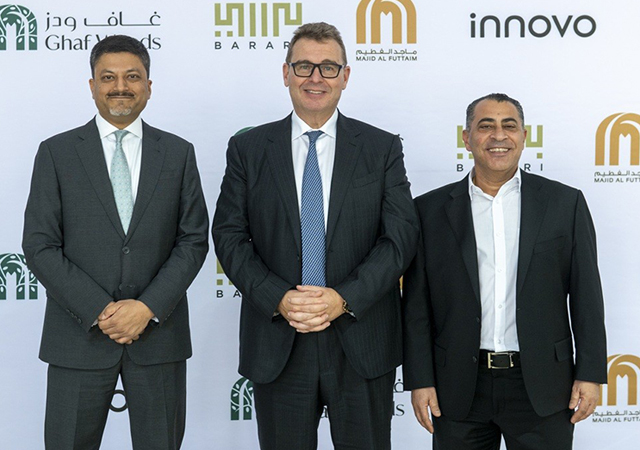
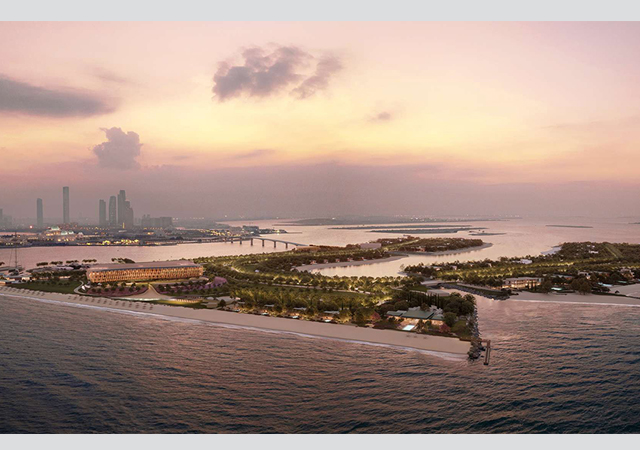
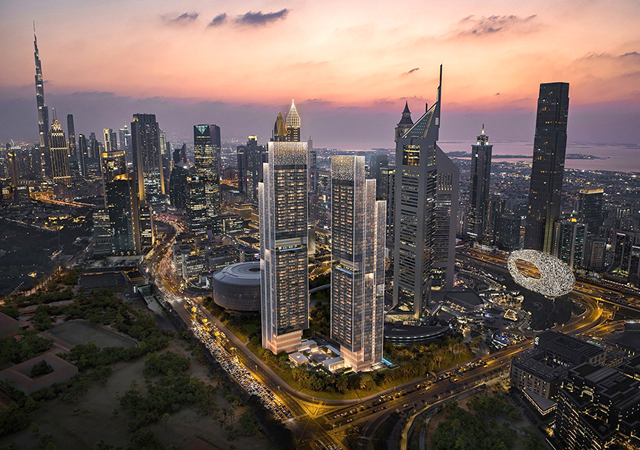
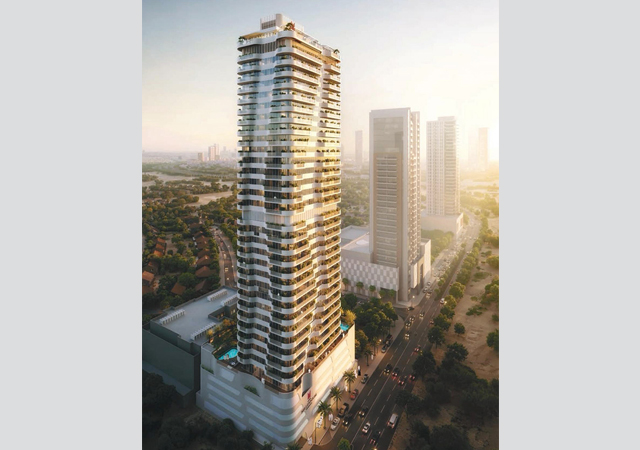
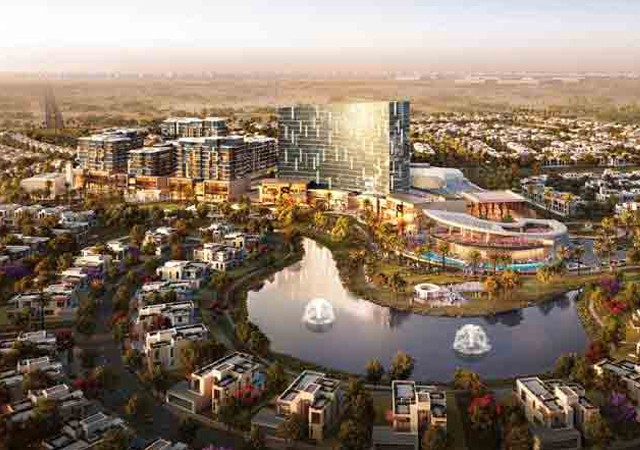
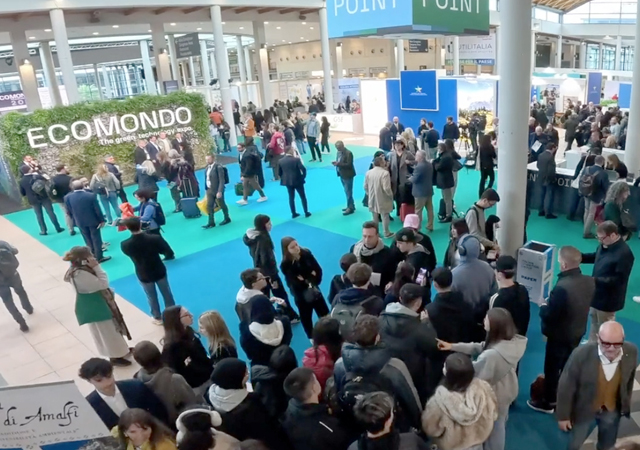
.jpg)

